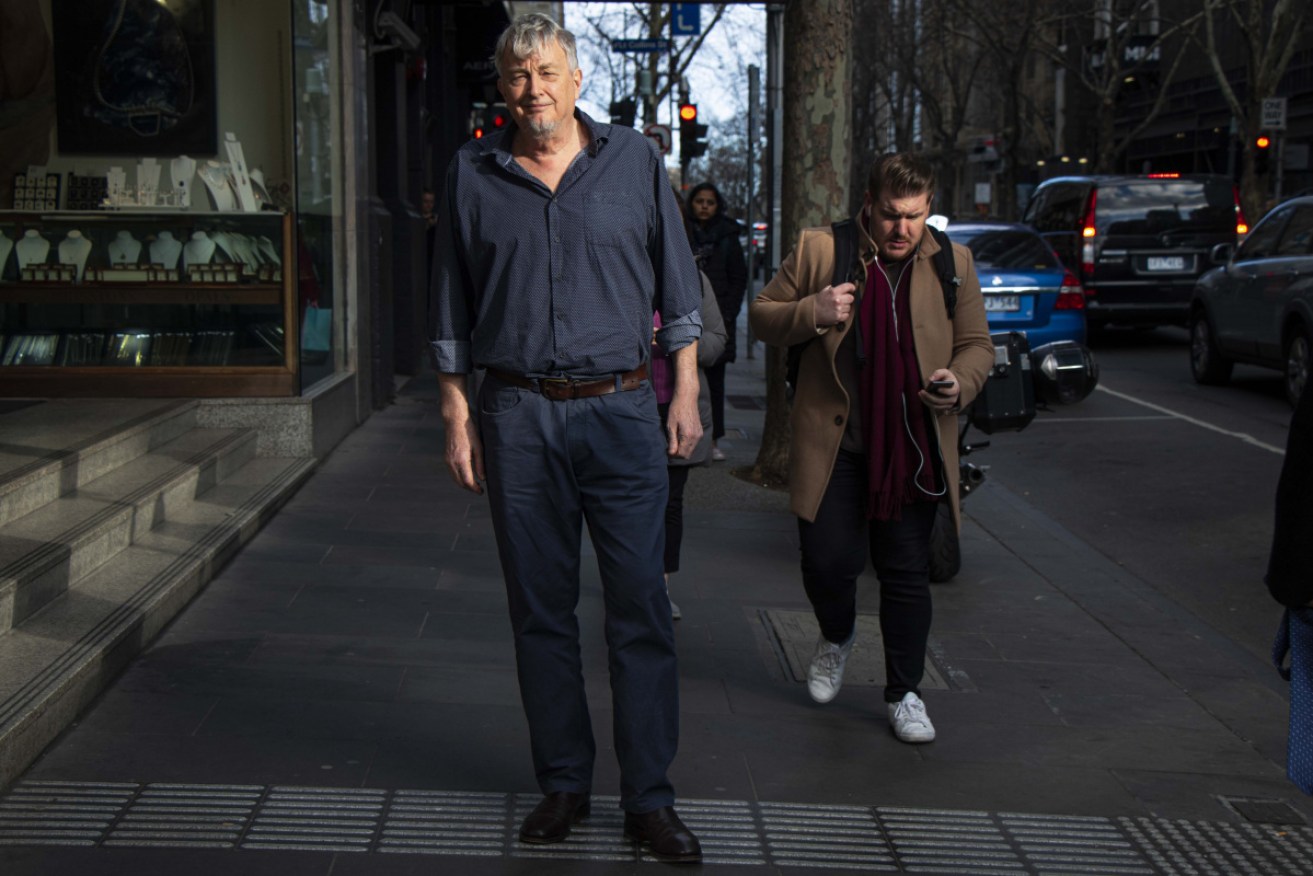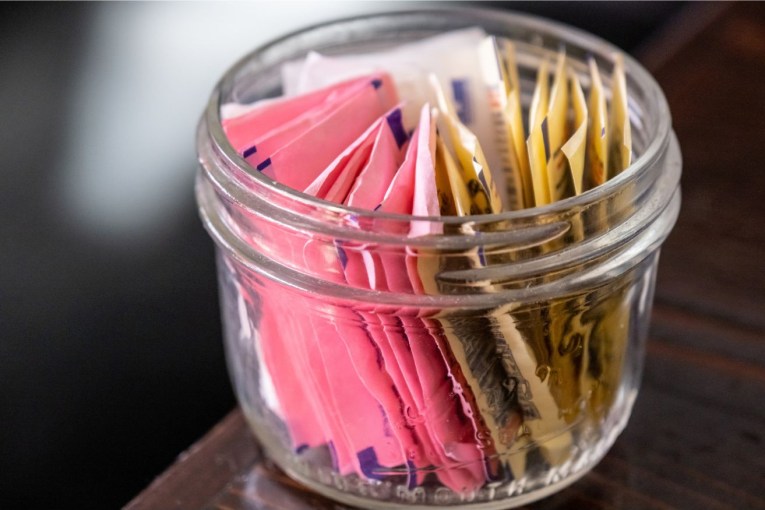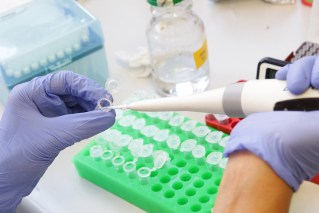The not-so-sweet spot: My first two weeks with type 2 diabetes


John Elder, diabetic of two weeks standing, may have said goodbye to toasted sandwiches forever. Photo: Matt Johnson
How embarrassing. I spend my days writing stories about science and health, including dietary matters. Dear readers, I say: This is how you should be living.
What a charade.
Two weeks ago, I was diagnosed with type 2 diabetes, a condition I’ve unkindly associated with people whose chins and ankles have long ago vanished into a spongy swamp of pudginess.
People who have taken the laces out of their shoes.
People who… well, I could keep the fat jokes coming, except for some time (OK, years) I was one of them.
You may have heard the expression “bread basket”. My basket was overflowing. Because I loved bread. I gargled Vegemite and toast late at night instead of mouthwash. If friends cut their crusts off, they’d automatically pass them my way.
Deciding to lose the lard
I decided to make an effort. Cut back on the baguettes. Ramp up the exercise. And there was a little movement downward on the scale, just a little. Still my belly was a pale full moon obscuring my knees.

John Elder during the days he was in a polyamorous relationship with a cream bun and Vegemite toast. Photo: Author
And then, suddenly, the weight started falling away. I had cheekbones! I had shoes with feet in them! Wow.
But I also had a raging thirst that couldn’t be quenched. No matter how many litres of water I drank, I felt parched.
And I was getting up six or seven times a night to visit the bathroom. These weren’t sad dying-prostate dribble fests – these were proud fire-hose displays that lasted a loud and gushy minute at a time.
Also, the world started to look a bit fuzzy.
And in the mornings especially I felt that something off – like tiny dead mice – had invaded every cell of my body.
Being a science and health writer, I knew what was happening.
What’s up doc? Actually I knew already
I went to my GP and told him I had diabetes. He didn’t believe it. Despite being overweight, obese really, my blood numbers from the previous year were terrific. Blood sugar normal.
I followed mainly a plant-based diet. I drank red wine in moderation, with plenty of alcohol-free days. And now I was verging on being thin. Overall I looked fit.
It was only when I mentioned the peripheral neuropathy – tingling in my feet – that he indulged me with a urine test. The thin-coloured strip went as dark as it could go.
The green square testing for ketones was also dangerously high – indicating that I was horribly dehydrated, and that my body was eating itself.
He then gave me a blood sugar test – pricking the finger, squeezing a drop of blood on to a blue strip that feeds into a little device with a simple screen. This is a ritual that I’ll be doing twice a day at home for, like, ever.
The numbers weren’t personal, just ugly
Blood glucose levels are measured in millimoles per litre of blood (mmol/L). In a random test – rather than a test following eight hours fasting – you want to be less than 10 mmol/L.
I was 17.6 and heading toward ketoacidosis, where your blood becomes acidic and, if left unattended, death becomes a possibility.
“If you’d left it another week, I’d have put you in hospital,” my doctor said.
For two days I was depressed and emotional. Then one of my colleagues told me not to mope. And she was right.
Straight away I cut out all high GI (glycemic index) foods: Carbohydrates that are quickly turned to sugar in your blood. Goodbye rice and bread and potatoes and noodles.
I started each day with uncooked oats, flaxseeds, LSA (linseed, sunflower and almond) powder and blueberries. Full-cream milk. Black coffee.
Lunch was tinned tuna and two tomatoes, maybe some cucumber, maybe feta cheese.
Dinner, vegetable soup, bean and lentil soup, or a piece of grilled salmon or chicken, with grilled vegetables.
For wholegrains: Boiled barley. Lots of water.
Four times a week, at least 90 minutes of exercise – but more often two and a half hours. Say a 40-minute walk, an hour on the cross trainer, hour on the treadmill at a steep incline and some weights.
Morning and night I take Metformin, often the go-to drug for new diabetics. It works to lower the amount of sugar in the blood – by lowering the amount of sugar produced in the liver, and also increasing the sensitivity of muscle cells to insulin.
Meanwhile, I had to undergo a CT scan to see if I had damaged my liver, pancreas, kidneys or adrenals. I have very high iron levels that can trigger diabetes. But I also have a genetic susceptibility. So who knows?
Two weeks later, I had another urine test in my doctor’s office. No sugar showed up on the strip, no ketones. The blood sugar test registered 8.6, in the normal range. My doctor is a generous sort. Our consultations verge on two hours. He’s also philosophical and funny.
“Do you know what’s the best thing about seeing each other?” he said on one visit, a year ago, after I hadn’t been in for a while.
“What?” I asked.
“We’re still alive,” he said.
Now he was saying: “What a great start.”
Immediately I started thinking about buttered toast. Until he said: “But that’s all it is. It’s not under control. That will take months. Just keep doing what you’re doing. You’ll be doing it for the next 40 years.”
“I’m 60,” I said.
“Twenty years at least,” he said.








